2025 Author: Howard Calhoun | [email protected]. Last modified: 2025-01-24 13:10:39
To understand where acetylene is used, it is necessary to study and understand what it is. This substance is a flammable colorless gas. Its chemical formula is C2H2. The gas has an atomic mass of 26.04. It is slightly lighter than air and has a pungent odor. The production and use of acetylene is carried out only in industrial conditions. This substance is obtained from calcium carbide by decomposition of the component in water.

What is the danger of acetylene
The use of acetylene is limited by its extraordinary properties. This gas is self-igniting. This happens at a temperature of 335°C, and its mixture with oxygen - at a temperature of 297 to 306°C, with air - at a temperature of 305 to 470°C.
It is worth noting that technical acetylene is explosive. This was happening at:
- Increasing the temperature to 450-500°C, as well as at a pressure of 150-200 kPa, which is equal to 1.5-2 atmospheres.
- A mixture of acetylene and oxygen at atmospheric pressure is also dangerous if it contains 2.3-93% acetylene. An explosion can occur from intense heat,open flames and even sparks.
- Under similar conditions, a mixture of air and acetylene explodes if it contains 2, 2-80, 7% acetylene.
- If the gas is in contact with a copper or silver object for a long time, acetylene explosive silver or copper may form. This substance is very dangerous. An explosion can occur from a strong blow or as a result of an increase in temperature. Care must be taken when working with gas.
Features of the substance
Acetylene, the properties and application of which are not fully understood, as a result of an explosion can lead to an accident and severe damage. Here is some data. An explosion of one kilogram of this substance releases 2 times more thermal energy than an explosion of the same amount of TNT, and one and a half times more than an explosion of one kilogram of nitroglycerin.

Acetylene applications
Acetylene is a combustible gas used in gas welding. Often it is used for oxygen cutting. It should be noted that the combustion temperature of a mixture of oxygen and acetylene can reach 3300°C. Due to this property, the substance is most often used in welding. Acetylene is usually replaced by natural gas and propane-butane. The substance provides performance and high quality welding.
Supply of posts with gas for cutting and welding can be carried out from an acetylene generator or from acetylene cylinders. To store this substance, white containers are usually used. Usually,they have the inscription "Acetylene", applied in red paint. It is worth considering that there is GOST 5457-75. According to this document, technical dissolved grade B acetylene or a substance in gaseous form is used for metal processing.

Acetylene welding: check
The technology of welding with this gas is quite simple. However, when working with a substance, patience and care are required. For welding, special burners are usually used, marked 0-5. Its choice depends on the thickness of the parts to be welded. Please note that the larger the burner, the greater the flow rate.
Acetylene welding is carried out only after the equipment has been checked and adjusted. In this case, you should pay attention to the number of the tip and the number of the gas supply nozzle, which is located near the burner handle under the nut. All seals should also be checked.

Welding process
The use of acetylene in welding must be done carefully and in accordance with certain rules. To begin with, the burner should be purged with gas. This must be done until the smell of acetylene appears. After that, the gas is ignited. In this case, oxygen should be added until the flame becomes more stable. From the reducer at the outlet, the pressure of acetylene should be from 2 to 4 atmospheres, and oxygen - from 2 atmospheres.
Welding ferrous metals requires a neutral flame. It has a clearly defined crown and can be conditionallydivided into three bright parts: the core - a bright blue color with a greenish tint, the restored flame - a pale blue hue, a flame torch. The last two zones are working.
Before starting work, all parts must be cleaned and then adjusted to each other. When working with a burner, the left and right methods are also used. In the latter case, a slow cooling of the seam occurs. The filler material usually moves behind the burner. With the left method, the elasticity and strength of the seam increases. In this case, the flame is directed from the place of welding. Filler material should only be added to the weld pool after the torch has moved to the next position.

Safety rules
The use of acetylene without skills and experience is prohibited. There are several rules to follow when working with the substance:
- The content of acetylene in the room in the air must be constantly monitored. To do this, use special automatic devices that can notify you of an excess of gas concentration. This indicator should not be more than 0.46%.
- Acetylene uses are completely different, but most often it is used in welding. When working with cylinders filled with this particular gas, care should be taken. It is forbidden to place containers near open flames or near heating systems. In addition, it is forbidden to work with cylinders that are in a horizontal position, as well as if they are not fixed and are faulty.
- Whenwhen working with acetylene, use only non-sparking tools, electrical equipment and explosion-proof lighting.
- If acetylene leaks from the cylinder, close the container valve quickly. To do this, you can use a non-sparking special key. A leak can only be identified by sound or smell.

What to do if there is a fire
Incorrect use of acetylene can lead to sad consequences. This gas explodes and brings great destruction. What to do if there is a fire?
- In the event of a fire, all containers filled with acetylene should be immediately removed from the danger zone. Those cylinders that remain should be constantly cooled with ordinary water or with a special composition. The containers must be completely cool.
- If the gas that comes out of the cylinder has ignited, you should immediately close the container. To do this, use a non-sparking key. After that, the container must be cooled.
- In case of a strong fire, fire extinguishing should be carried out only from a safe distance. In such a situation, it is worth using fire extinguishers filled with a composition containing a phlegmatizing concentration of nitrogen of 70% by volume, also carbon dioxide of 75% by volume, sand, water jets, compressed nitrogen, asbestos cloth, and so on.
Recommended:
The main consumable for welding - welding wire
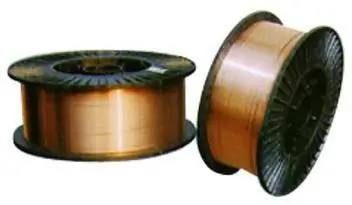
Welding wire is used in various welding operations, it is the main consumable material that acts as an electrode. Welding operations require extensive professional knowledge, a responsible approach to the choice of raw materials. For welding structures, it is unacceptable to use random wire of incomprehensible marking and unknown composition
Welding of ultrasonic plastics, plastics, metals, polymeric materials, aluminum profiles. Ultrasonic welding: technology, harmful factors
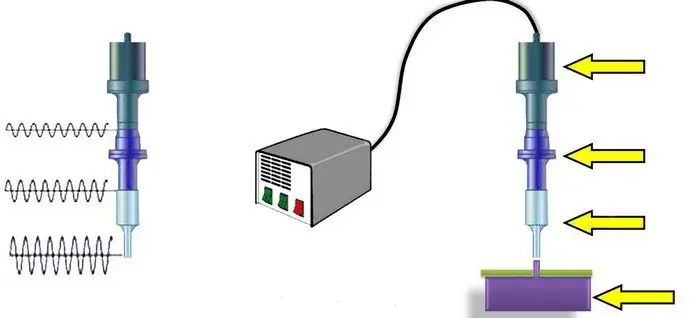
Ultrasonic welding of metals is a process during which a permanent joint is obtained in the solid phase. The formation of juvenile areas (in which bonds are formed) and the contact between them occur under the influence of a special tool
Welding consumables: definition, characteristics, manufacture, storage. Main welding material
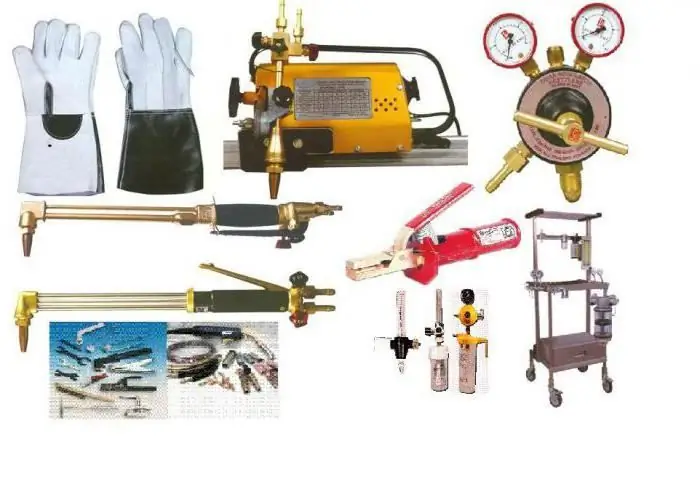
Main types of welding consumables, features of storage of explosive gases, characteristics of electrodes depending on the material and other parameters
Thermite welding: technology. The practice of thermite welding in everyday life and in the electrical industry
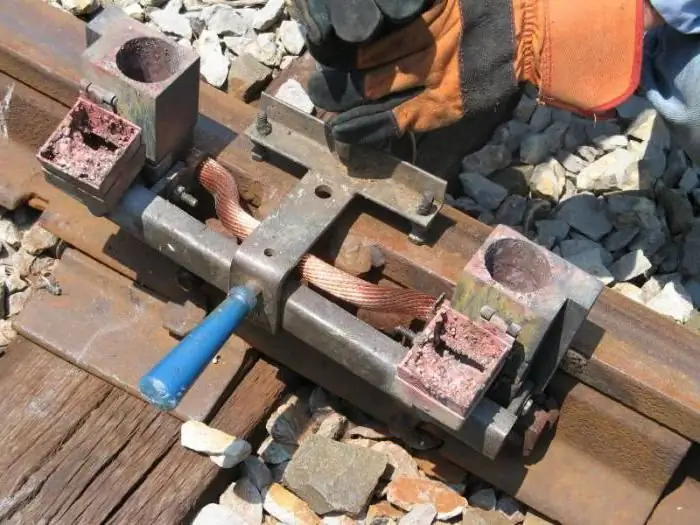
The article is devoted to thermite welding technology. The features of this method, the equipment used, the nuances of use, etc. are considered
Flux for welding: purpose, types of welding, flux composition, rules of use, GOST requirements, pros and cons of application
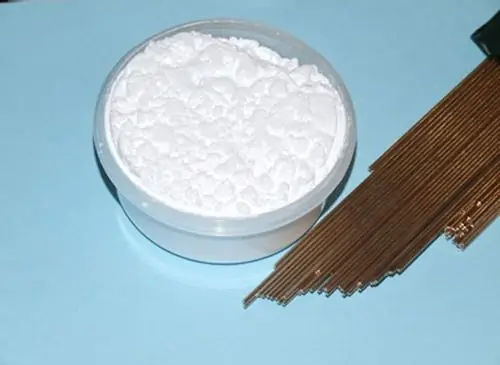
The quality of the weld is determined not only by the ability of the master to organize the arc correctly, but also by the special protection of the working area from external influences. The main enemy on the way to creating a strong and durable metal connection is the natural air environment. The weld is isolated from oxygen by a flux for welding, but this is not only its task

